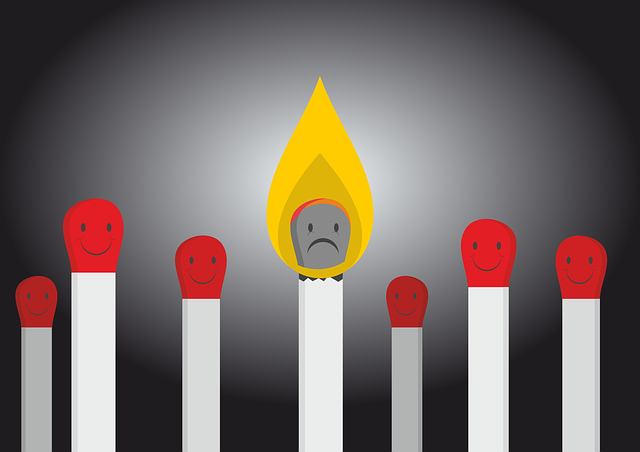Peak performance is not what it used to be, according to what I’ve been reading. Leaders, managers, and employees are on the brink of burnout. And it’s not just individuals: entire organizations are at risk.
Within the first seven weeks of 2021, Harvard Business Review published six articles on the topic, including how the pandemic contributes to burnout, how to recognize burnout, and how to fight burnout. But instead, what if we could avoid burnout and maintain peak performance?
Although burnout is not classified as a medical condition or mental disorder (DSM-5), in 2019—pre-pandemic—the World Health Organization (WHO) re-defined the occupational phenomenon of burnout in the International Classification of Diseases (ICD-11). According to the WHO, “burnout is a syndrome…resulting from chronic workplace stress that has not been successfully managed,” and includes three dimensions:
- Feeling of energy depletion
- Feeling of negativity/cynicism related to personal occupation or increasing mental distancing from occupation
- Reduced professional/occupational efficacy
Typically, we avoid burnout by taking breaks: we enjoy several weeks of vacation, spend time away, and de-stress with a change of scenery and energizing activities. But for many, this has not been an option this past year. Add to that virtual offices and work from home (WFH) practices, and stay-cations don’t recharge us like we need. Reaching and maintaining peak performance, for individuals and organizations, requires ongoing daily energy management.
Requirements for Peak Performance
Consider the behaviors of professional athletes. Often, the difference between those who are highly successful and those who are not is an ability to manage and conserve energy for peak performance. While it might appear silly on the surface, elite players use certain rituals to help them remain focused and manage negative emotions. They understand this vital energy management component and requirement for peak performance.
You see, energy has four dimensions: physical, mental, emotional, and spiritual (or ritual). We draw energy from each dimension, which we must replenish. To build our strength and expand our energy capacity (stamina/resilience) we must stretch ourselves beyond our usual limits and allow for rest. This cycle is referred to as stress and recovery.
Leaders, managers, and entire organizations can apply these same principles to their daily routines and operations. The key to recuperation is to create specific positive energy replenishing rituals.
I’ll dive in to this in the following posts. In the meantime, what do you think? How do you avoid burnout and maintain peak performance? I can be reached here, on LinkedIn, or give me a call: 561-582-6060.

Did You Enjoy This Article?
Join thousands of other smart business owners like yourself & get our Proffittable Times newsletter.
It's filled with actionable content you can apply immediately.
Sign up now to get started!
– Coach Nancy










